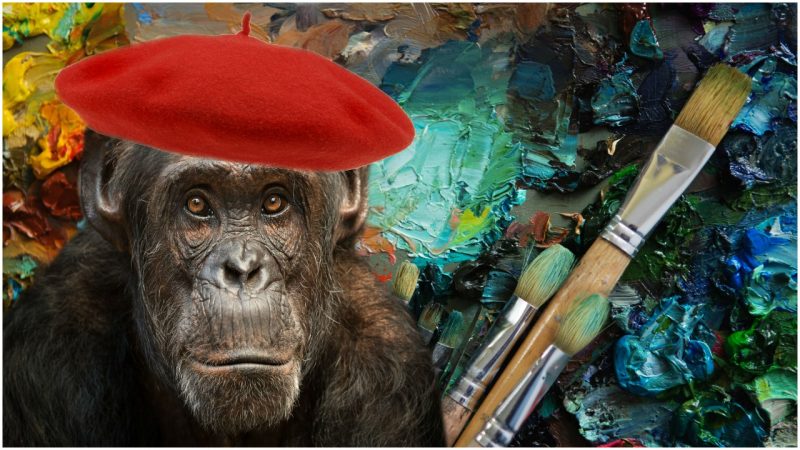Is there anything more pretentious than the art world?
While it is true that art brings culture, beauty, and meaning to the world at large, it also tends to attract snobbery.
Indeed, art critics can often praise strange, abstract, or flat out ugly pieces of work as “bold” or “compelling” while the rest of us stare at splotches on canvas and wonder what we’re missing.
While art is subjective and beauty is in the eye of the beholder, opinions tend to shape the pricing of art far more than appreciation.
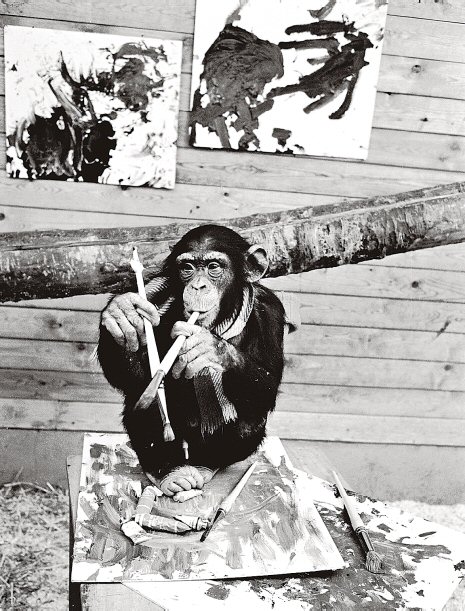
If a gaggle of art critics uphold a painting as “incredible,” it will sell for far more than if it was poorly received. This is true especially in the modern art scene, where art pretension fires on all cylinders.
In 1964, a Swedish journalist by the name of Ake Axelsson decided that he would test the pretension of the modern critic by commissioning four paintings by Pierre Brassau.
Pierre was a primal artist, whose method of painting was to smear paint all over the canvas and even occasionally eat the paint.
He was also a chimpanzee from a local zoo.
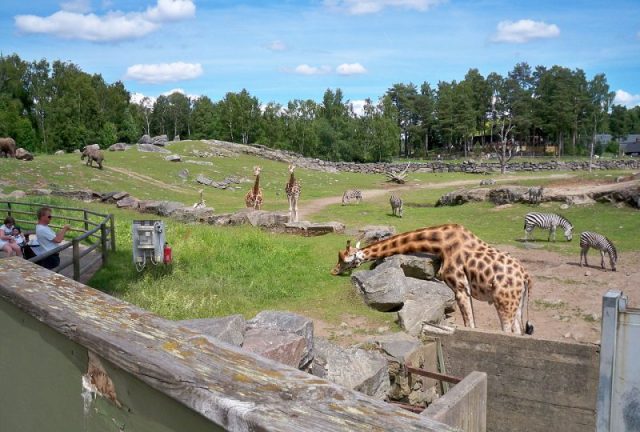
Ake had persuaded the zookeeper to give the ape brushes and paint, which eventually led to the creation of four original paintings.
Ake’s theory was simple. He wanted to see if these supposed art critics could actually tell the difference between modern art and the random smearings of paint done by a chimp.
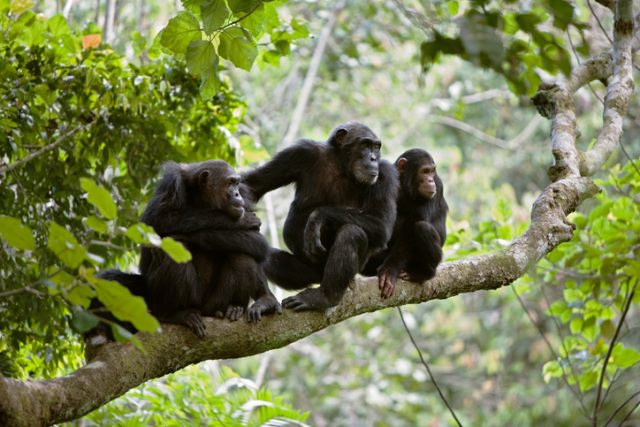
He would bring these four paintings to an art show, displaying it as work by an avant-garde Frenchman who had been previously unknown to the art world.
Critics gathered around the paintings, silently judging the merits of the painting and undoubtedly wondering what the others in the room thought of the piece.
Most were impressed with the work, with one critic, Rolf Anderberg, going as far to say that Brassau’s work was made with clear determination.
The Museum of Hoaxes quotes him as saying, “Pierre Brassau paints with powerful strokes, but also with clear determination. His brush strokes twist with furious fastidiousness. Pierre is an artist who performs with the delicacy of a ballet dancer.”
At least one critic was able to figure it out, remarking that the painting looked as if an ape had done it.
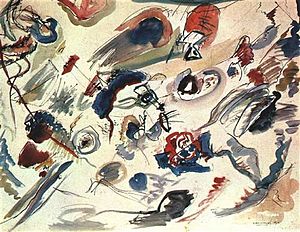
The rest were adequately fooled into believing that these paintings belonged in the gallery, alongside all of the other displays of modern art.
This proved what Ake suspected. Satisfied, he revealed the truth to the art world, that the brilliant Pierre Brassau had a predilection for eating bananas and climbing trees, on account of being a chimpanzee.
Rolf Anderberg, who had been so quick to praise Brassau for his genius work, still maintained that the chimpanzee’s paintings were the best in the gallery at the time.
Perhaps this was stated out of embarrassment, as a way to save face from being so easily fooled.
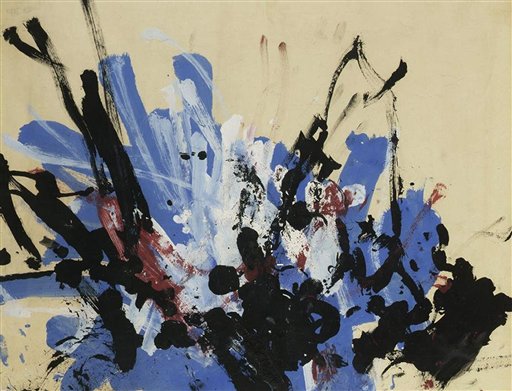
The revelation did not deter a private collector from purchasing one of the works for a hefty sum of $90, which would work out to being around $730 in 2018’s dollars.
Pierre Brassau’s art career ended definitively after that, but he was transferred to a zoo in England where he would spend the rest of his days.

Ake Axelsson’s prank proved a very valuable lesson to the art world. Just because a painting is on display in a gallery and has a fancy name backing it, doesn’t mean it wasn’t randomly slapped together by an ape who enjoyed eating the paint as much as he enjoyed using it on a canvas.
Andrew Pourciaux is a novelist hailing from sunny Sarasota, Florida, where he spends the majority of his time writing and podcasting.
